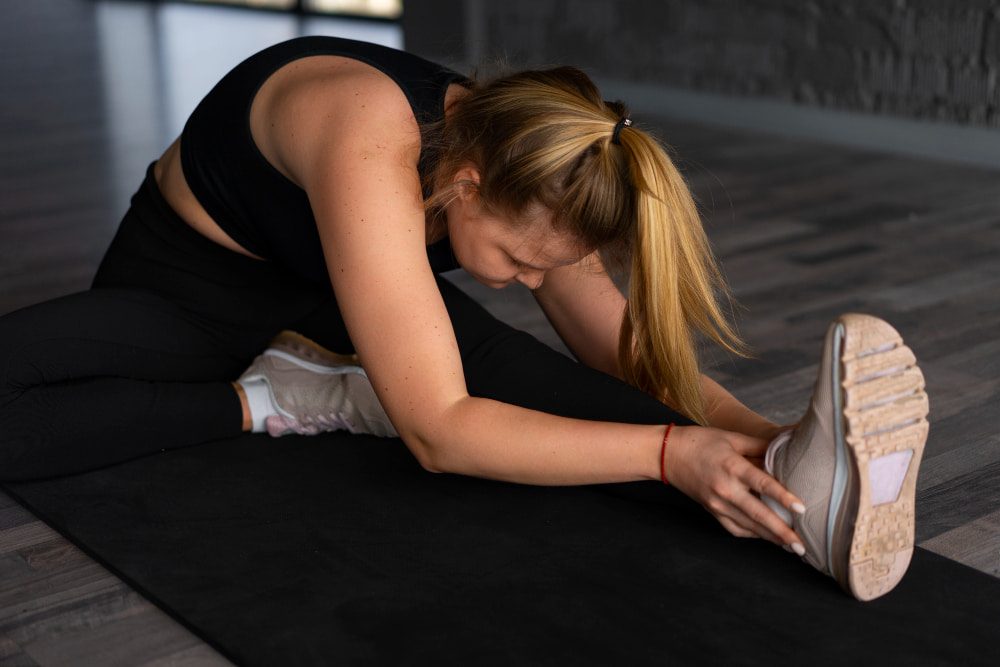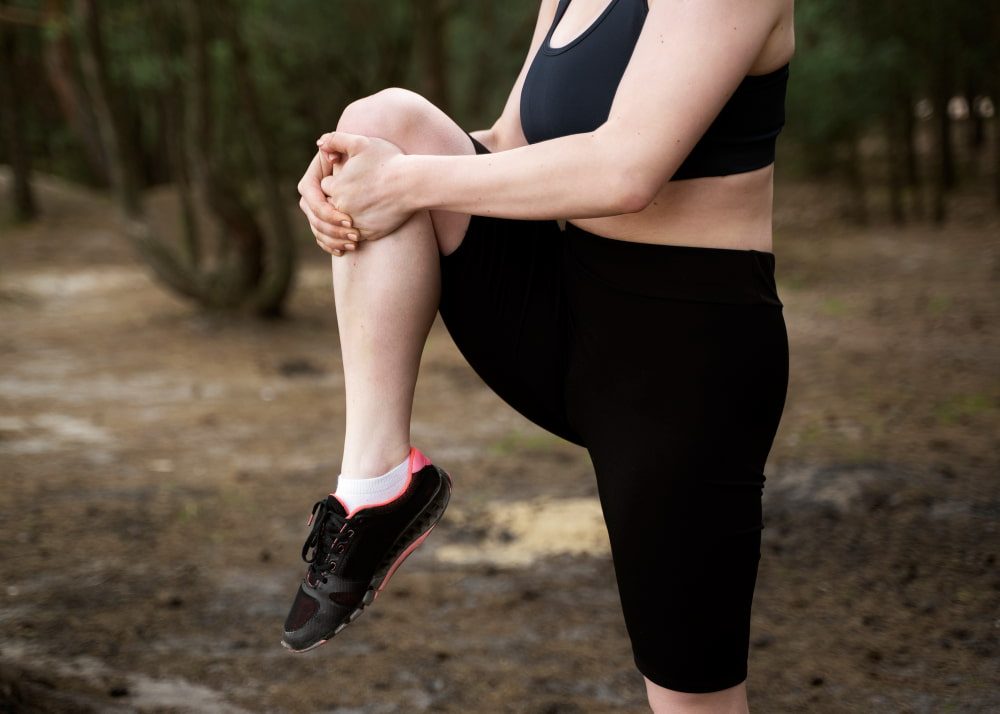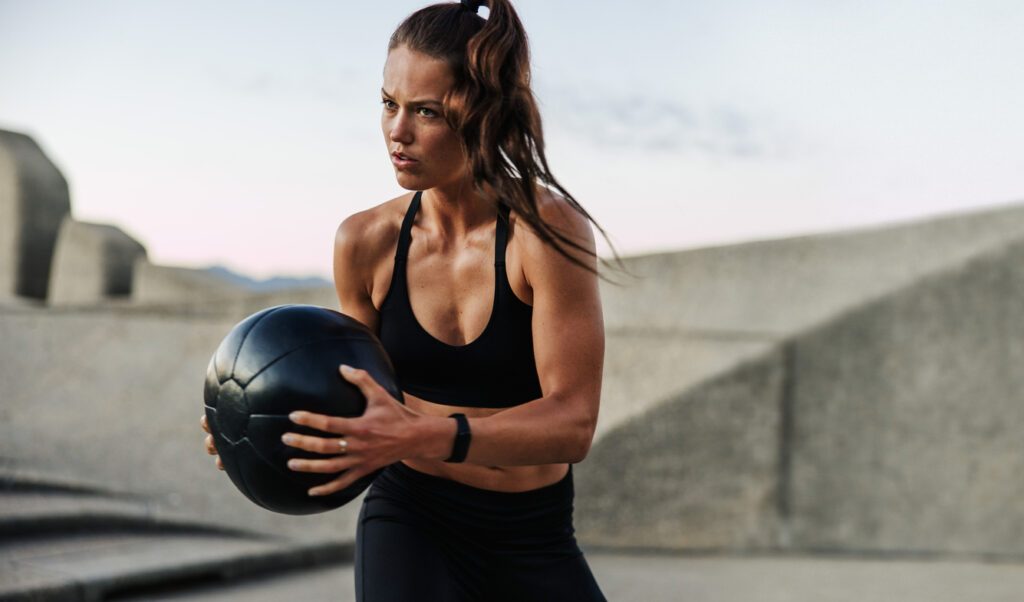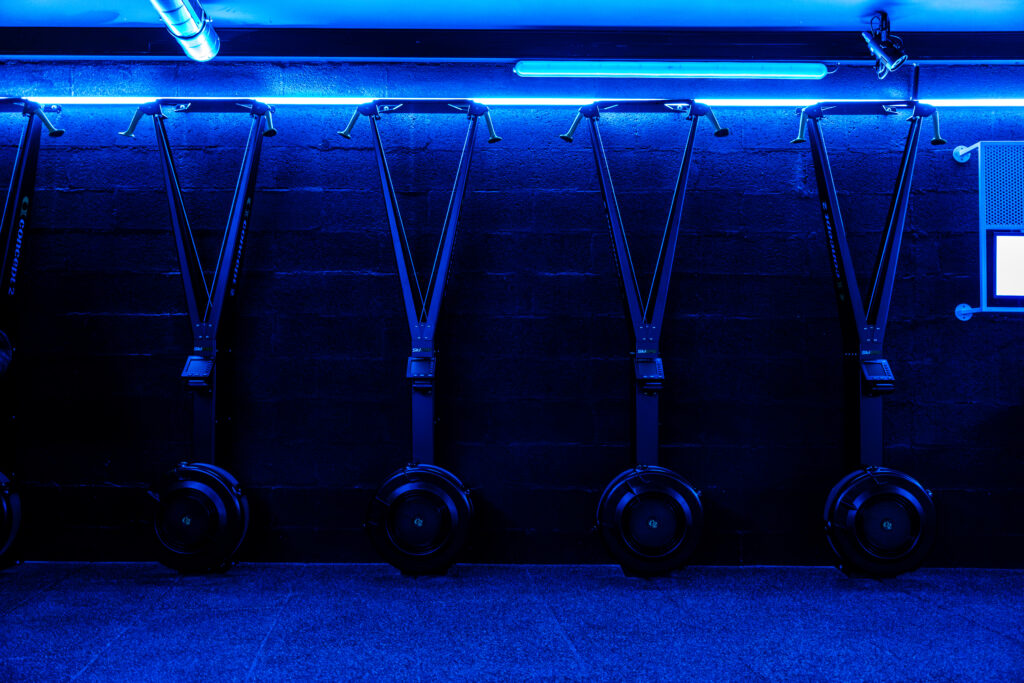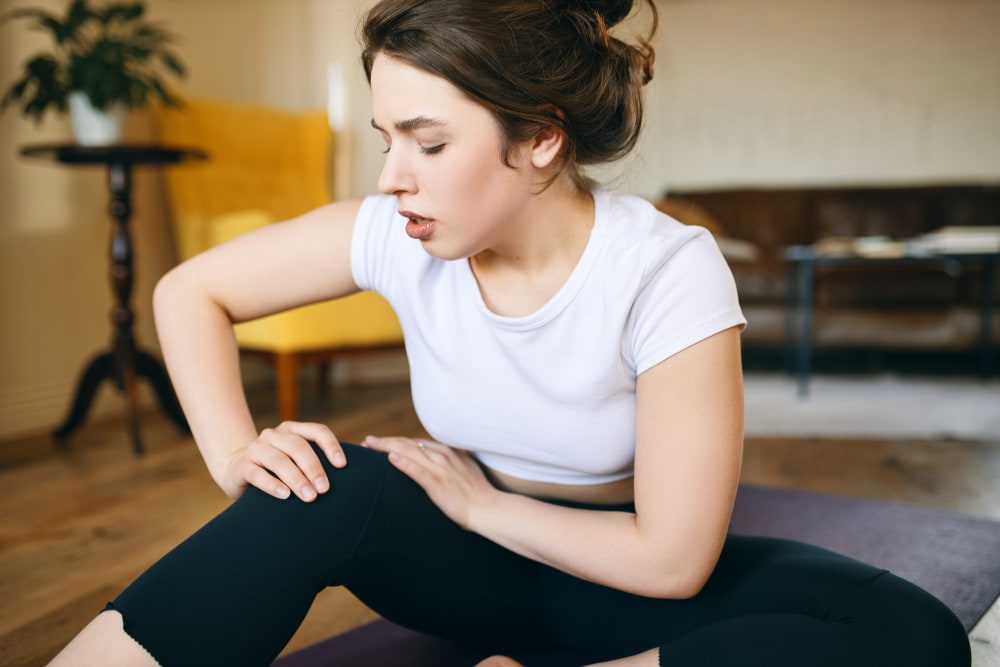
Summary
Welcome / Welcome / Tips for getting started / How to avoid soreness after a HIIT session?
How to avoid soreness after a HIIT session?
Have you just finished an intensive sports session and are dreading the aches and pains the next day? Knowing how to avoid these muscle pains can transform your sporting experience. This article explains how to prevent muscle soreness to improve your performance.
Introduction
Discover effective warm-up, hydration and cool-down techniques. Learn why intensity and nutrition play a key role. Follow our tips to stay in shape without suffering from muscle soreness.
You've just finished an intense HIIT session and the next day you're feeling some unpleasant muscle aches. Sore muscles after a HIIT session, that scourge we all dread, can really spoil our motivation and our progress. These pains generally occur 24 to 48 hours after training, and can persist for several days.
Why is it crucial to know how to avoid them?
Understanding how to prevent muscle soreness is essential to improving your sporting performance and maximising the benefits of your HIIT sessions. Not only does it help you stay consistent with your exercise routine, it also reduces the risk of injury and promotes better muscle recovery. By taking the right steps before, during and after your workout, you can keep progressing without being held back by those sore muscles. In the following sections, we'll guide you through effective techniques to avoid soreness and optimise your HIIT experience.
Understanding aches and pains
Why do muscle soreness occur after HIIT?
HIIT, or high-intensity interval training, uses your muscles hard and fast, which can cause soreness. Here's why :
- Intense muscular effort: HIIT combines periods of intense exercise with short periods of rest. This pushes your muscles to work beyond their usual capacity, leading to muscle micro-tears.
- Various movements: HIIT sessions often include varied and explosive movements like jumping, sprinting and lifting weights. These exercises use the muscles differently compared to more linear and controlled movements, increasing the risk of soreness.
- Lack of habit : If you're not used to this type of training, your muscles may be shocked by the intensity and variety of the movements, making muscle soreness more likely.
By understanding these mechanisms, you can better anticipate muscle soreness and adopt effective strategies to prevent it. The next section will focus on pre-workout preparations to minimise soreness.
Pre-training preparation
The importance of warming up
A good warm-up is essential to prepare your muscles for the intensity of a HIIT session and reduce the risk of cramps and soreness. Warming up gradually increases your heart rate, improves blood flow to the muscles and increases joint flexibility. Here are some effective warm-up exercises:
- Light cardio: Start with 5 to 10 minutes of light cardio like brisk walking or jogging in place.
- Joint mobility: Rotate your arms, hips and ankles to lubricate the joints.
- Dynamic stretching: Focus on movements like lunges, high knees and leg swings to activate major muscle groups.
A well-structured warm-up prepares your body for the intense effort of HIIT, reducing the risk of muscle soreness.
Choosing the right exercises
Adapting movements according to your fitness level is crucial to avoiding soreness. If you are a beginner, opt for less intense exercises and gradually increase the difficulty. Here are some tips for choosing the right exercises:
- Assessment of your level: Know your limits and adapt the exercises accordingly. If a movement is too difficult, modify it or reduce the intensity.
- Gradual progression: Gradually increase the intensity and duration of your sessions. Start with shorter intervals and increase them as your fitness improves.
- Variety of exercises: Alternate between different types of exercise to involve different muscle groups and avoid overloading the same muscle.
By choosing the right exercises and progressing at your own pace, you can prepare your muscles effectively and reduce the appearance of post-training aches and pains.
Techniques during training
Adequate hydration
Hydration plays a crucial role in preventing muscle soreness. Drinking enough water before, during and after training helps maintain your body's electrolyte balance and aids muscle recovery. Here's why and how to keep well hydrated:
- Before training: Drink around 500 ml of water 2 hours before you start. This allows your body to store the water it needs for the effort ahead.
- During training : Sip small amounts of water regularly, especially if your session lasts longer than 30 minutes. Constant hydration helps prevent dehydration and keeps your muscles in good condition.
- After training : Continue to drink water to replenish fluids lost through perspiration. For particularly intense sessions, isotonic drinks can help replace lost electrolytes.
Adequate hydration allows your muscles to function optimally and reduces the risk of soreness.
Intensity management
Listening to your body and managing the intensity of your training are essential to avoid soreness. Here are a few tips to help you manage your intensity:
- Listening to yourself: Pay attention to your body's signals. If you experience severe pain or excessive fatigue, slow down or stop to avoid injury.
- Reasonable intervals: Adapt the intensity intervals according to your fitness level. For beginners, shorter periods of intense effort followed by longer recovery periods may be more appropriate.
- Intensity variation : Alternate between high-intensity exercises and moderate exercises to give your muscles time to recover.
By managing the intensity of your training and listening to your body, you minimise the risk of muscle soreness and optimise your performance.
Post-training recovery
Post-workout stretches
Stretching after a HIIT session is essential to reduce muscle soreness and improve flexibility. They help to release built-up muscle tension and promote blood circulation, which speeds up recovery. Here are some recommended types of stretching:
- Static stretching: Hold each stretching position for 15 to 30 seconds without bouncing. Concentrate on the main muscle groups used during your session.
- Passive stretching: Use accessories such as a strap or ask a partner for help to intensify the stretch and achieve a greater range of movement.
- Yoga stretches: Incorporate yoga poses like downward facing dog or pigeon pose to deeply stretch and soothe the muscles.
These stretches promote optimal recovery and minimize the risk of aches.
Nutrition after exercise
Nutrition plays a crucial role in muscle recovery after a HIIT session. Eating the right foods helps repair damaged muscles and replenish energy reserves. Here are a few nutritional tips:
- Proteins: Eat a high-quality protein source like chicken, fish, or legumes to help with muscle repair.
- Carbohydrates: Complex carbohydrates like brown rice, sweet potatoes and green vegetables help replenish glycogen stores in muscles.
- Hydration: Continue to drink water or electrolyte drinks to replace lost fluids.
A balanced meal eaten within two hours of training promotes rapid and effective recovery.
Recovery techniques
Using proper recovery techniques can also help reduce soreness. Here are some effective methods:
- Cold therapy: Applying ice or taking cold baths can reduce inflammation and muscle pain. Try ice baths for 10 to 15 minutes for best results.
- Massage: Post-workout massages help release muscle tension and improve blood circulation. You can use a massage roller or consult a professional.
- Active rest: Incorporate light activities such as walking or cycling at low intensity to promote blood circulation without excessively straining the muscles.
By adopting these recovery techniques, you can speed up the healing process and reduce soreness after your HIIT sessions.
Conclusion
Avoiding soreness after a HIIT session is essential to maximize your performance. By understanding their origin and adopting prevention techniques, you can limit this muscle pain. Preparation, hydration and recovery are the keys to achieving this.
Warm up properly, choose suitable exercises and listen to your body. Good hydration and post-training stretching are essential. Nutrition and recovery techniques such as cold therapy also play a crucial role. You can then make the most of the benefits of cross training !
Spend yourself at DRIP
Want to boost your training? Join DRIP! Our wide range of equipment will put you at ease and push you to excel.
At DRIP, it's simple: 7 different exercises, 3 rounds, 1 minute per exercise. Do one after the other without a break to burn as many calories as possible! Our coaches, dynamic playlists and immersive lighting will motivate you like never before.
Whatever your level, you are welcome at DRIP!
Ready to sweat? Join us in our Parisian studios in Monceau or Grands Boulevards. You will love to hate us! ❤️🔥
Share
Tagged
Read also
follow us
on instagram
To follow all our news,
take advantage of our tutorials and participate
in our many competitions.
BREAKING NEWS!
Receive our newsletter.
